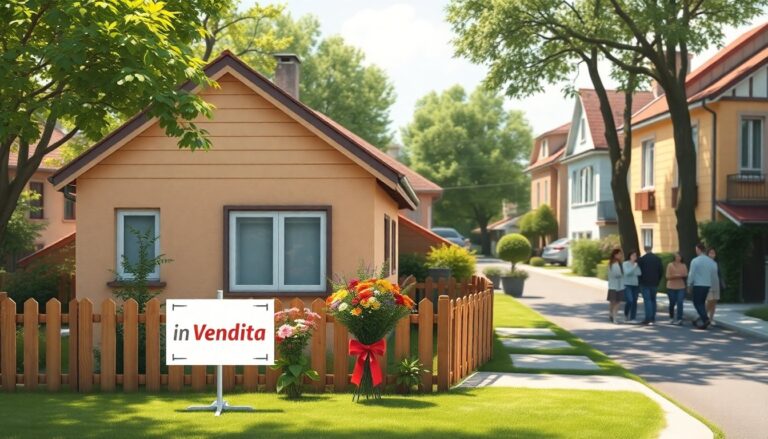The second-hand housing market has seen a notable increase in popularity among homebuyers and sellers. This trend is influenced by several factors, including the rising demand for affordable housing and the fluctuating economic environment. Understanding the dynamics of this sector is crucial for effective navigation.
For buyers, purchasing a pre-owned home offers various advantages. Typically, these properties are priced lower than new constructions, making them an appealing choice for those entering the housing market on a budget. Additionally, older homes often possess unique architectural features and charm that modern builds may lack.
Advantages of buying second-hand properties
Acquiring a second-hand home provides several significant benefits. One key
advantage is the generally more stable market valuation associated with older homes. Unlike new constructions, which can experience rapid fluctuations in value, older properties often yield a more predictable investment outcome.
Cost savings and existing infrastructure
Furthermore, many second-hand homes come with established infrastructure and improvements, potentially lowering initial renovation costs. Buyers may find they can move in sooner, avoiding the long wait
times typical of new builds. This aspect is particularly attractive for those eager to settle into their new homes without extensive renovations.
Challenges in the second-hand housing market
Despite the advantages, navigating the second-hand housing market presents challenges. One pressing issue is the intense competition from new developments. Many buyers are drawn to incentives offered on new properties, such as favorable financing options or tax breaks, which can diminish the appeal of older homes.
Repair and renovation considerations
Additionally, pre-owned homes often require repairs or updates, which may deter potential buyers. The prospect of incurring additional renovation expenses can be daunting, leading to longer selling times and complicating the overall transaction process.
Strategic approaches for buyers and sellers
To navigate the second-hand housing landscape effectively, both buyers and sellers must adopt informed strategies. Conducting a thorough market analysis is essential. Understanding current trends and property values in the local area enables sellers to price their homes competitively and attract potential buyers.
Equally important is the presentation of the property. Investing in minor renovations and aesthetic enhancements can greatly influence how a home is perceived. High-quality photography and detailed descriptions showcasing the property’s unique features are vital in drawing interest from prospective buyers.
The role of real estate professionals
Collaborating with an experienced real estate agent can also facilitate the buying or selling process. Their expertise can provide valuable insights into the market and enhance the chances of a swift and profitable sale.
While the second-hand housing market presents both opportunities and challenges, understanding its intricacies empowers buyers and sellers. By employing effective strategies and remaining aware of market dynamics, individuals can successfully navigate this compelling segment of the real estate industry.

